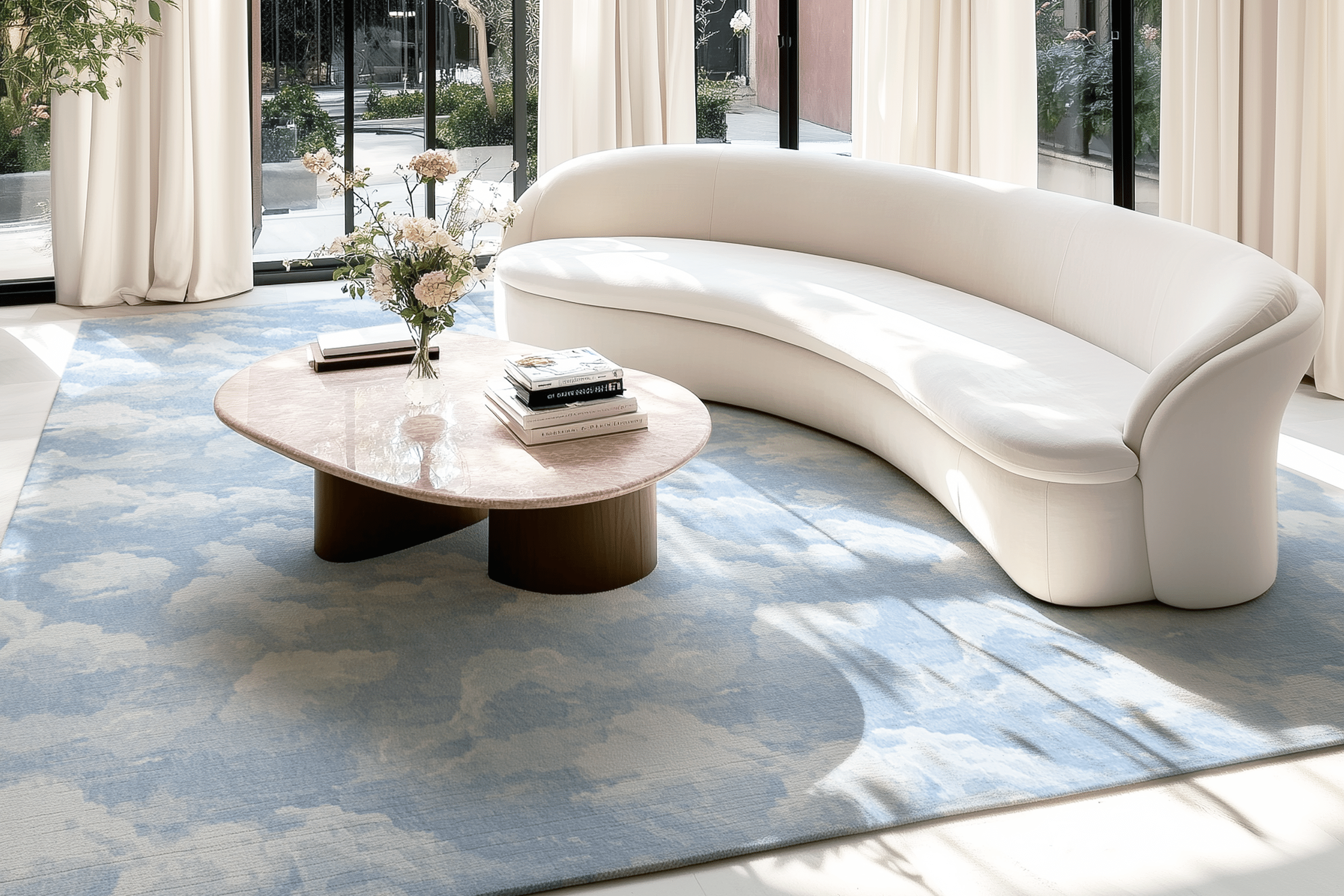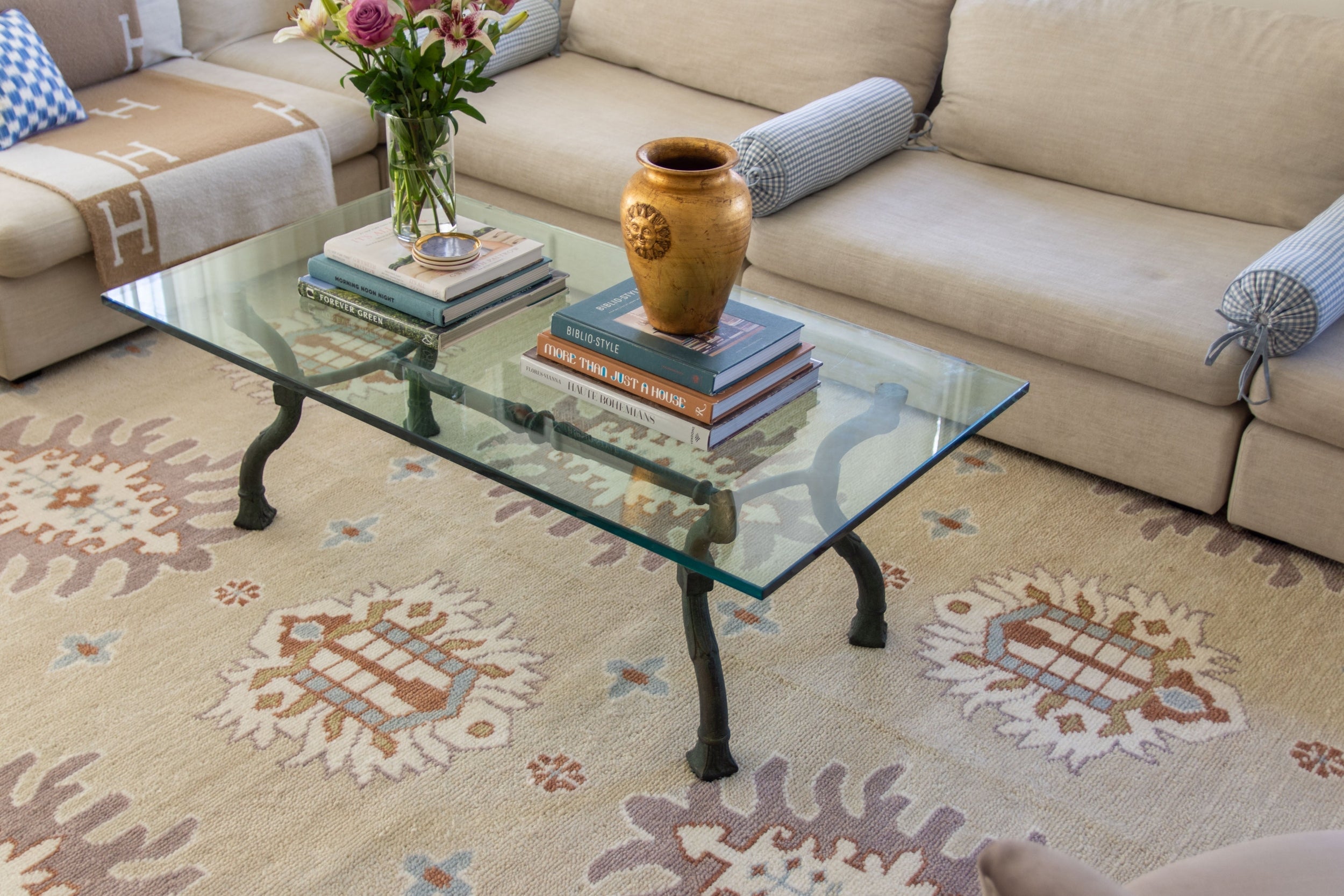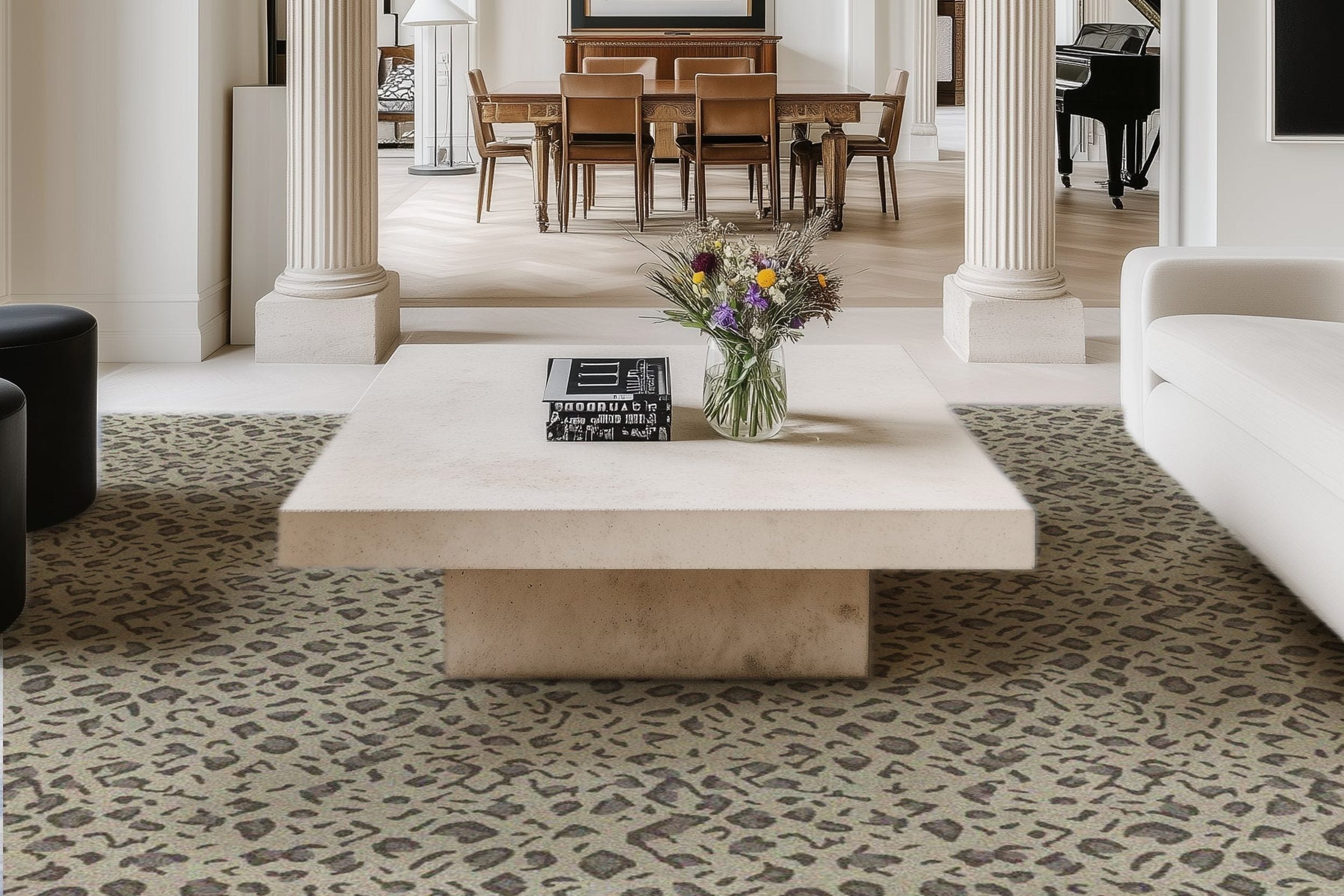Different Types of Windows in a House: A Guide to Light, Ventilation, and Style

Finer than a mere opening in a wall, windows are an indispensable aspect of residential construction that affects layers of decisions on natural light, ventilation, and energy efficiency also on security and curb appeal. Once one understands a few different types of windows, it becomes easier for homeowners to make appropriate choices while selecting windows for new constructions, renovations, or even refurbishing existing residential spaces. Each style brings a very particular function and aesthetic to the table; thus providing a more tailored window solution for a specific need or architectural style.
The most common and versatile window style is probably the double-hung window. This type features two sashes that slide past each other in a vertical direction. Double-hung windows feature good ventilation, as both the top and bottom sashes can open. Warm air can escape through the top opening, and cool air enters through the bottom, thus creating natural ventilation. They have always been the kind of choice window style that meets the need of architectural styles ranging from traditional through to modern.
Single-hung windows, on the other hand, have a fixed upper sash and a lower sash that slides up. Being a less-flexible form of ventilation, these single-hung windows are usually preferred on cheap occasions and are being widely used wherever bottom-only ventilation is required.
Picture windows are the great option for owners who do not want any obstruction in their view and want to maximize the light. These fixed, inoperable windows are essentially big panes of glass meant to frame a view like a painting. Due to the fact that they are sealed, picture windows are very energy efficient and would do well in living rooms, dining areas, or any other space where the bigger view is considered worthwhile and ventilation goes through different sources.
Among all other windows, casement windows are older than others in functionality. When opening, they swing out, hinging along one side, similar to a door, providing great flow of air as the full width of the window opening is exposed. When closed, they seal tight and maximize energy efficiency. Casement windows are also typically installed in kitchens (above sinks if it's easier to turn the crank than push the sash), in bathrooms, and any place where maximum airflow and clear views are paramount.
Awning windows are quite similar to casement windows but while the latter is side-hinged, awning windows are hinged at the top and open outward at the bottom, forming an awning." This unusual way of opening allows these windows to stay open during light rains, because the amount of water hitting the window from above is minimal. Usually, due to theirs being placed higher on internal walls, these windows offer a level of privacy or they may be located above another set of fixed windows to join light and ventilation.
Designed for wider holsters, gliding windows make an excellent choice. They involve an operation comprising one or more sashes sliding either simultaneously or independently from left to right or vice versa on an aluminum track. Easy to generate, slide windows supply a great deal of natural light and are commonly set in modern or contemporary buildings or in locations that call for wide, unwalled views like kitchens or living rooms.
More specialized molecularly-oriented windows are bay and bow windows. These are the kinds that jut out from the house and have the effect of creating additional space inside and offering panoramic views. Bay windows are usually made up of three angled window units, while bow windows have a gentler curve with more than four units. They turn into the focal point of a room, providing character as well as curb appeal.
Then, of course, comes the group of specialty windows, which opens to a wide spectrum of unique shapes and designs, including arched, round, octagonal, and triangular windows. Usually are employed as architectural features to enhance a distinctive design of a home or fit into odd openings. Skylights are installed in a roof to flood in natural light to what could have been dark interior spaces like hallways or bathrooms.
When selecting replacement windows, the material and quality percent of importance to the style. Many homeowners prefer the latest solutions that promise to maximize energy efficiency, durability, and low maintenance. A company that specializes in VinylLight replacement windows, for example, would be concerned with offering superior vinyl options known for their outstanding insulation properties, high resistance to rot and corrosion, and many design options. They may do much for improving the thermal integrity of a house, cutting down energy bills, raising its security, and transforming the look altogether.
Bathrooms should be of simple style concerning windows and should be in line with the architectural style of these homes, keeping in mind the needs of the homes and aesthetic requirements of their respective owners. An understanding of the different types of windows enables the owner to make an informed selection that assures comfort, efficient, and lasting in beauty.
Browse by Category

Design Projects
Explore interiors from client work and personal renovations — layered, livable, and always in progress.
read more →
Collaborations
From product launches to styled spaces, discover the brand stories I’ve helped bring to life.
read more →
The Notebook
A growing archive of iconic designers, inspiring artists, and unforgettable design moments.
read more →
Travel by Design
Wander with a designer’s eye — from charming hotels and city guides to visual inspiration abroad.
read more →




